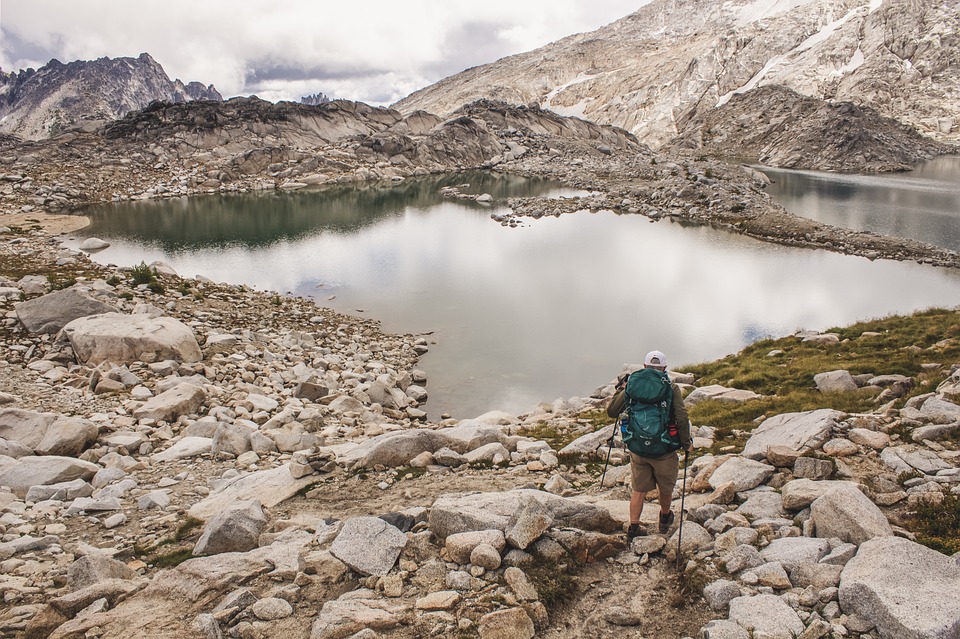Title: Tundra’s Treasures: Unearthing Historical Secrets in Arctic Permafrost
Image description: A vibrant photograph showing a team of archaeologists carefully excavating an ancient artifact from the permafrost, with the white, snow-covered tundra landscape in the background.
Body:
In the vast and pristine wilderness of the Arctic lies a hidden treasure trove containing relics and secrets preserved for centuries. The frigid Arctic tundra, known for its extreme weather and seemingly inhospitable terrain, has been an unlikely sanctuary for historical artifacts. Scientists and archaeologists have discovered a rich trove of cultural heritage in the permafrost, a layer of permanently frozen ground prevalent in the polar regions of the Earth.
Permafrost is more than just cold ground; it’s a natural time capsule that has protected a diverse array of artifacts and remains. The ideal conditions created by the permafrost slow down decay and prevent the usual destruction that would occur with ordinary decomposition processes. As a result, well-preserved archaeological and paleontological specimens have astonished researchers with their excellent condition despite their age.
The Discoveries in the Permafrost
Recent expeditions in Siberia, Canada, and Greenland have uncovered ancient objects ranging from mammoth tusks to the remains of entire villages that were swallowed by the tundra. Perhaps the most famous discovery was the mummified bodies of eighteen people in a coastal grave site in Siberia, their soft tissues remarkably preserved in the frozen earth. These revealed not only a way of life long vanished but also details about their diet, health, and even facial features, thanks to the preservative qualities of the permafrost.
In addition to human remains, permafrost pits have yielded terrific revelations about the once-thriving wildlife that roamed the ancient tundra. These include the woolly mammoth, the woolly rhinoceros, and other Ice Age megafauna that have showcased the rich biodiversity of the Arctic during the Last Glacial Maximum.
The Role of Climate Change
Alas, as our planet undergoes warming due to climate change, these climes are no longer as imperishable as they once were. As temperatures rise and the permafrost thaws, the bounty of the tundra is exposed to the elements. Researchers are in a race against time to study and relocate these irreplaceable archaeological treasures before they succumb to degradation. It’s a formidable task, but one that has profound implications for our understanding of human history and ancient ecosystems.
FAQs
Q: What makes permafrost such a good preservative?
A: Permafrost provides a consistently cold environment with no seasonal freeze-thaw cycles, which would otherwise promote decay. The preservation is facilitated by the absence of bacteria and organic activity that thrive in warmer conditions, ensuring that organic materials remain intact for a much longer period.
Q: How do researchers locate these tundra treasures?
A: Researchers use various technologies such as ground-penetrating radar, satellite imagery, and aerial surveys to detect anomalies beneath the tundra’s surface. Once a site of interest is identified, they conduct careful expeditions accompanied by a team of experts from different disciplines.
Q: What can we learn from studying these permafrost findings?
A: The findings serve as a repository of ecological and cultural data. They reveal clues about past climates, the evolution of human societies in extreme environments, the extinction of Ice Age megafauna, and the development of ancient agriculture and trade routes.
Q: Are there any challenges to conducting archaeology in the Arctic?
A: Yes, the Arctic presents numerous challenges, including extreme weather, remote locations, the vastness of the area needing coverage, and the sensitive nature of the landscape. Researchers must tread lightly to avoid damaging both the environment and the archaeological sites themselves.
Q: Are there any significant recent finds in the Arctic tundra?
A: Absolutely. In Siberia, a trove of hundreds of Ice Age cave drawings was discovered beneath an overhang, depicting hunting scenes and animals like bison, mammoths, and lions, all remarkably well-preserved. This find underscores the importance of the Arctic tundra as a hotspot for unlocking the secrets of our past.
In conclusion, the Arctic tundra continues to reveal its historical treasures, providing a window into our planet’s past and deepening our understanding of the connections between human history and our changing environment. As the permafrost paradoxically becomes more accessible due to climate change, it is incumbent upon us to harness these opportunities ethically and ensure the enduring legacy of these Arctic wonders.


